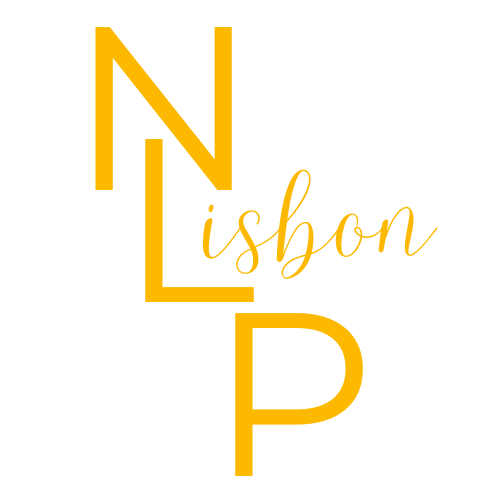Have you ever wondered where Neuro-Linguistic Programming, or NLP, came from? How it evolved into the widely-used personal development tool it is today? In this article, we’ll explore the fascinating roots of NLP, tracing its origins from its early days to the modern-day techniques used by practitioners around the world.
Early Influences: The Work of Milton Erickson
One of the key figures in the development of NLP was the American psychiatrist and hypnotherapist Milton Erickson. Erickson’s work in the 1950s and 60s on the therapeutic use of hypnosis had a profound influence on the field of psychotherapy, and many of the techniques he developed have since been incorporated into NLP.
For example, Erickson believed in the importance of using metaphor and indirect language to bypass the conscious mind and communicate with the unconscious. This idea is central to many NLP techniques, such as the “Milton Model” of language patterns.
The Birth of NLP: Richard Bandler and John Grinder
NLP as we know it today was born in the 1970s, when Richard Bandler and John Grinder began studying the work of successful therapists and communicators, including Milton Erickson, Fritz Perls (founder of Gestalt therapy), and Virginia Satir (a family therapist).
Bandler and Grinder were interested in understanding what made these individuals so effective in their work, and they began to develop a set of tools and techniques that could be used by anyone to improve their communication skills and achieve their goals. They called this approach Neuro-Linguistic Programming, drawing on the idea that our thoughts, language, and behavior are all interconnected.
Key Techniques of NLP
NLP encompasses a wide range of techniques, but some of the most well-known include:
- Anchoring: Creating a physical or mental trigger that can be used to access a particular state or emotion.
- Reframing: Changing the way we perceive a situation by shifting our perspective or context.
- Rapport-building: Establishing a deep level of connection and understanding with another person.
- Modeling: Studying and replicating the patterns of behavior and thought used by successful individuals.
- Visualization: Using the power of the mind to create a desired outcome or experience.
NLP Today: Applications and Controversies
Since its inception, NLP has been applied to a wide range of fields, including business, education, sports, and therapy. Many people have found NLP to be a powerful tool for personal growth and self-improvement, helping them to overcome limiting beliefs and achieve their goals.
However, NLP has also been the subject of controversy and criticism. Some critics have argued that the techniques used in NLP lack scientific rigor and have not been adequately validated by research. Others have raised concerns about the potential for NLP to be used for manipulative or unethical purposes.
Despite these controversies, NLP continues to be widely used and studied by practitioners around the world. Whether you are seeking to improve your communication skills, overcome a limiting belief, or achieve a specific goal, NLP may have something to offer.
Book Recommendations:
- “Frogs into Princes” by Richard Bandler and John Grinder (1979)
- “The Structure of Magic I: A Book About Language and Therapy” by Richard Bandler and John Grinder (1975)
- “Using Your Brain–for a Change: Neuro-Linguistic Programming” by Richard Bandler (1985)
- “NLP at Work: The Essence of Excellence” by Sue Knight (1994)


Leave a Reply